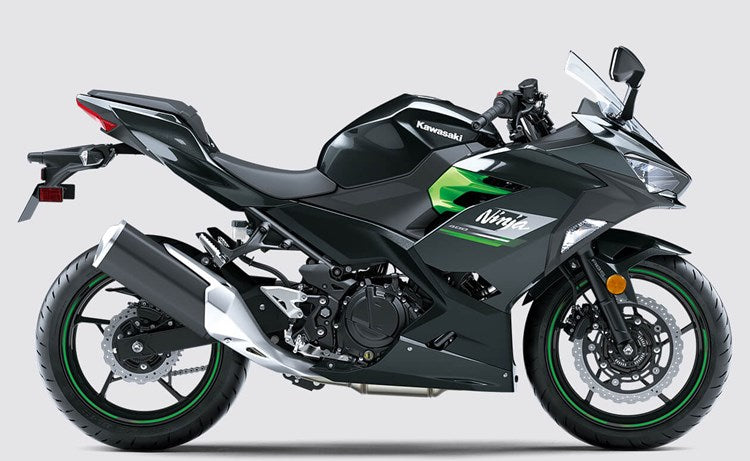Purchasing a new bike is an exhilarating experience, especially when considering the renowned Kawasaki Ninja lineup. With its popularity and wide range of options, it can be challenging to determine which Ninja model is best suited for you. In particular, the Sport category of Ninja motorcycles offers the Ninja 400 and Ninja 650, each catering to different types of riders.
The Ninja 400 boasts a compact 399cc engine, while the Ninja 650 is equipped with a more powerful 649cc engine. As a result, the Ninja 650 can reach a top speed of approximately 130 mph, while the Ninja 400 achieves around 105 mph. Both bikes are excellent choices for experienced riders, but the Ninja 400 also serves as a suitable option for newcomers to the world of motorcycles.
What sets these bikes apart for the average rider?
When comparing the base models, several key differences emerge. The Ninja 400 offers a lower seat height and curb weight, providing a greater sense of control, making it ideal for new riders. The non-ABS Ninja 400 weighs 361.6 pounds, increasing to 366 pounds with ABS. In contrast, the Ninja 650 is significantly heavier, weighing 423.4 pounds for ABS and 421.2 pounds for non-ABS versions. While the seat heights are similar, with the Ninja 400 slightly lower at 30.9 inches compared to 31.1 inches for the Ninja 650.
For highway riding, the Ninja 400's 399cc engine handles speeds of 75 mph with ease. It possesses enough power to overtake other vehicles comfortably. The Ninja 650, on the other hand, offers a smoother ride due to its additional weight and can effortlessly handle highway speeds. However, if highway cruising is your primary focus, opting for the Ninja 400 can save you a significant amount of money. The average rider is unlikely to approach the Ninja 650's top speed of 130 mph unless they are willing to risk substantial penalties.
What about the price difference?
One significant factor distinguishing the Ninja 650 from the Ninja 400 is the price. The Ninja 400 starts at $5,299, while the Ninja 650 has a starting price of $8,299, representing a price difference of $3,000. This substantial gap may exceed the budget of those seeking a new motorcycle. Consumers prioritizing a specific price point rather than top speeds will find the Kawasaki Ninja 400 more suitable.
Safety features do come at an additional cost, as the ABS editions of both models are priced higher. The Ninja 650 ABS version is priced at $8,899, while the Ninja 400 ABS ranges from $5,699 to $5,899. Although there remains a significant price disparity between the two, riders concerned about the added protection offered by ABS will need to allocate extra funds. Additionally, beginner riders often benefit from smaller engines that are easier to handle, giving the Ninja 400 an advantage for those purchasing their first motorcycle. Both bikes come with a one-year limited warranty for added peace of mind.
In conclusion, choosing between the Ninja 400 and Ninja 650 depends on your experience level, riding preferences, and budget. The Ninja 400 offers a more accessible option for new riders, while the Ninja 650 provides additional power and a smoother ride. Ultimately, it's crucial to consider your specific needs and priorities to make an informed decision.
Source: Kawasaki, Kawasaki

